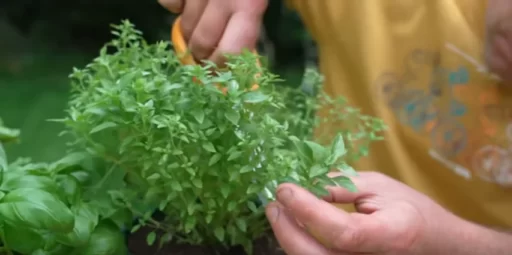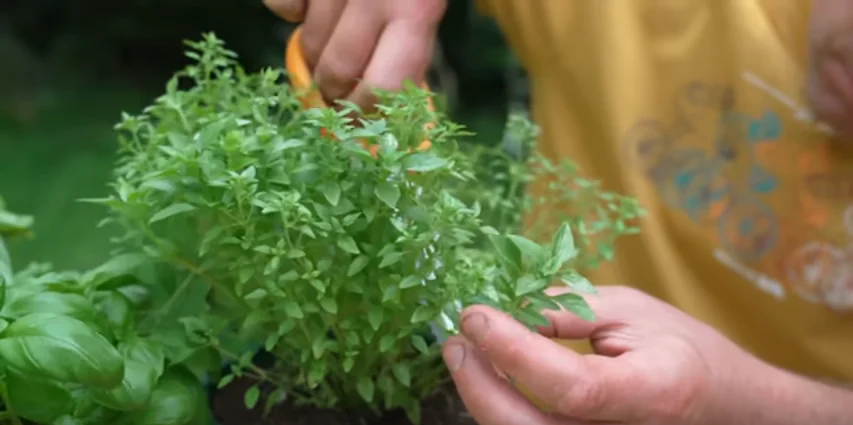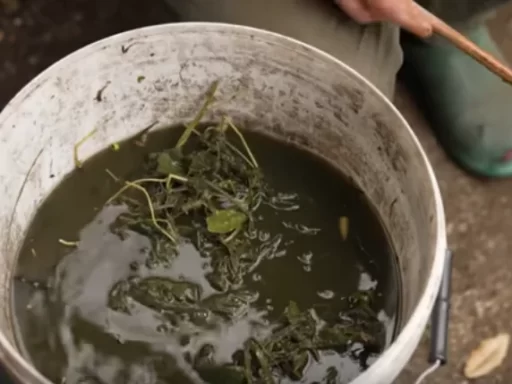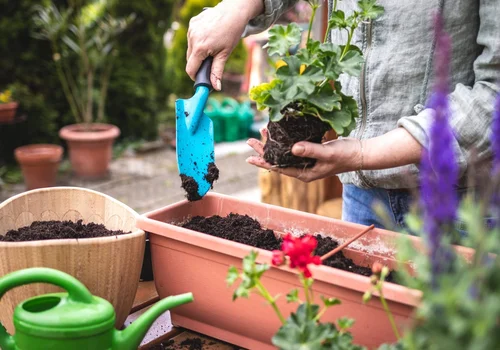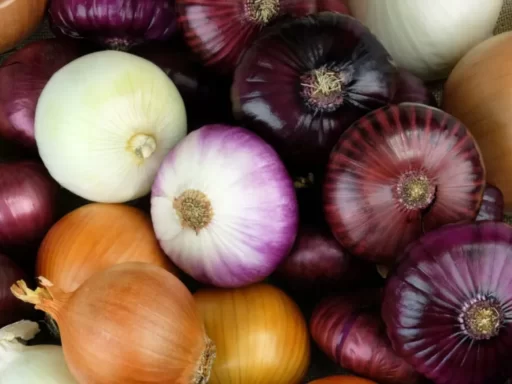Basil is one of the most beloved herbs in the kitchen, cherished for its fragrant leaves and versatility in cooking. Whether you enjoy adding it to pasta, salads, or homemade pesto, having a constant supply of fresh basil can enhance your culinary adventures. While buying basil from the store can be convenient, did you know that with a simple method, you can grow an endless supply of basil at home? This article will guide you through the process of propagating basil from cuttings, a cost-effective and sustainable way to ensure you always have fresh basil on hand.
Why Propagate Basil from Cuttings?
Growing basil from cuttings is an excellent way to multiply your basil plants quickly. Not only is it a straightforward process, but it also ensures that you can grow basil indefinitely without needing to buy new plants. By following this guide, you’ll learn how to propagate basil from cuttings using nothing more than a glass of water and a few basic gardening tools.
Materials Needed for Basil Propagation
To get started with basil propagation, you don’t need a lot of equipment. Here’s what you’ll need:
- Fresh basil (from the store or a potted plant)
- Scissors or garden shears
- A glass or container
- Water
Step 1: Selecting Your Basil Cuttings
Start by choosing healthy basil stems for your cuttings. You can use store-bought basil or take cuttings from an existing potted basil plant. If you’re using store-bought basil, be mindful that some stems may be slightly damaged due to packaging or handling. Select stems that have intact nodes, as this is where new roots will emerge.
Tip: If you’re using packet herbs, check for any damage caused by rubber bands or packaging. However, potted basil is usually a better choice because it’s often healthier and easier to propagate.
Step 2: Cutting the Basil
Once you have selected your stems, cut the basil just below a leaf node. This ensures that the cutting will have the best chance of rooting. The ideal cutting length is between 3 to 6 inches (8 to 15 centimeters). After cutting, remove most of the leaves, leaving only a few at the top. This reduces the amount of energy the cutting needs to maintain, allowing it to focus on root growth.
Step 3: Rooting the Basil Cuttings in Water
After preparing your cuttings, place them in a glass of water, ensuring that the leaves are not submerged. Place the glass on a sunny windowsill where the cuttings will receive indirect sunlight. It’s essential to use clean, fresh tap water for this process, and you should change the water every few days to prevent bacterial growth. In as little as four days, you should begin to see roots forming.
Tip: Avoid using rainwater for this process, as it may contain impurities that can hinder root growth.
Step 4: Potting the Rooted Cuttings
After about 10 days, the basil cuttings will have developed strong roots. At this point, they’re ready to be potted. Choose a good-quality, peat-free potting mix and plant the cuttings into small pots. Adding perlite to the potting mix can improve drainage, which is beneficial for basil’s root health.
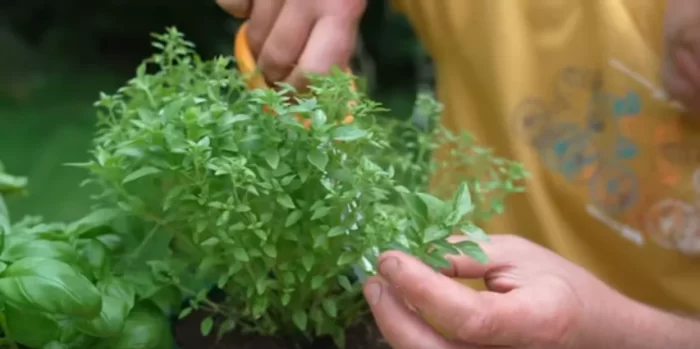
Carefully place each cutting into the soil, ensuring that the roots are fully covered. Gently press the soil around the cutting to secure it in place. Water the newly potted cuttings and keep them on the windowsill until they are strong enough to move outdoors.
Step 5: Caring for Your Basil Plants
Once potted, basil cuttings require regular watering to keep the soil moist but not waterlogged. Within a few weeks, you’ll notice new growth emerging. As the plants grow, you can transfer them to larger pots or directly into your garden. Basil thrives in sunny locations with well-drained soil, so make sure to choose an optimal spot for your plants.
Tip: Don’t let the soil dry out completely between waterings, but avoid overwatering, which can cause root rot.
Encouraging Bushier Basil Plants
One of the best things about propagating basil is that the process not only multiplies your plants but also encourages existing plants to become bushier. When you take a cutting from a basil plant, it stimulates the growth of new shoots from the node where the cutting was made. This results in a bushier, fuller plant that will produce more leaves for harvesting.
Harvesting and Maintaining Your Basil
Once your basil plants are established, you can start harvesting the leaves for cooking. Regularly trimming the plant encourages further growth and prevents it from flowering too early. Remember, basil leaves are at their best before the plant flowers. If you notice flower buds forming, simply pinch them off to keep the plant focused on leaf production.
Tip: You can also continue to take cuttings from your new basil plants, repeating the process to create even more plants.
Additional Uses for Basil
Apart from being a staple in many recipes, basil can also be used to make homemade pesto. Simply blend basil leaves with pine nuts, Parmesan cheese, olive oil, and garlic for a delicious and easy pesto sauce. This is a great way to use excess basil and enhance your meals with fresh, homemade flavors.
Conclusion
Propagating basil from cuttings is an easy and rewarding way to ensure you always have fresh herbs on hand. With just a few simple steps, you can turn a single basil plant into an endless supply. Whether you’re using basil for cooking or simply enjoy the satisfaction of growing your own herbs, this method is perfect for gardeners of all skill levels.
Frequently Asked Questions
- Can I grow basil indoors year-round? Yes, basil can be grown indoors as long as it gets enough sunlight. A sunny windowsill is ideal.
- How long does it take for basil cuttings to root? Basil cuttings usually start to develop roots within 4 to 10 days when placed in water.
- Do I need to use special water for basil cuttings? No, regular tap water works fine. Just be sure to change the water regularly to keep it fresh.
- Can I propagate other herbs using the same method? Yes, many herbs like mint, thyme, and rosemary can also be propagated from cuttings in water.
- How often should I water my potted basil? Water basil whenever the top inch of soil feels dry, but avoid letting the soil become soggy.
- Can I plant basil cuttings directly into soil? While it’s possible, basil cuttings tend to root more successfully when started in water.
- What should I do if my basil starts to flower? Pinch off the flower buds to encourage the plant to focus on leaf production rather than flowering.

